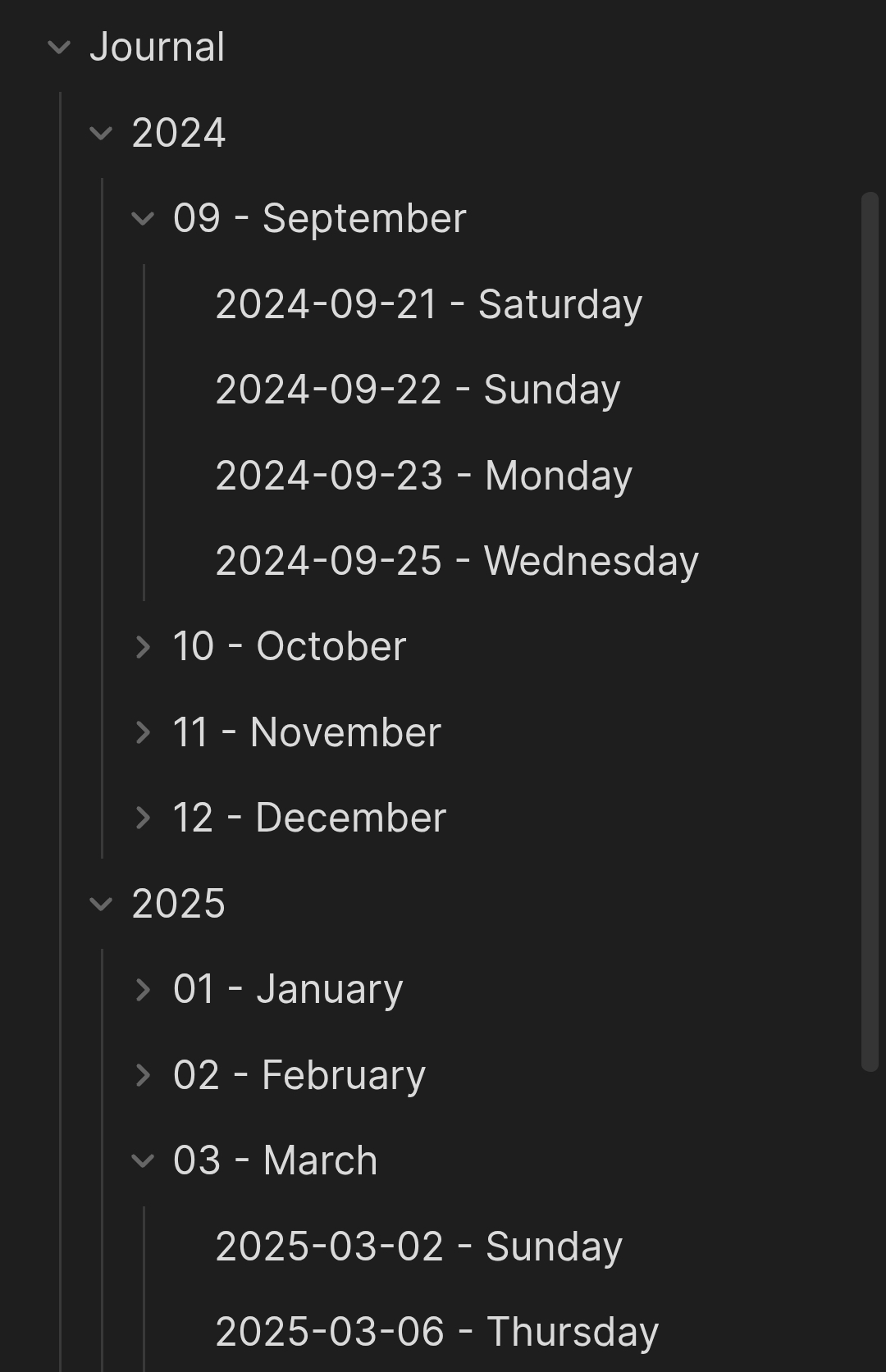

You don’t need 2 reverse proxies as others have said. What I did is just add a DNS rewrite entry in my adguardhome instance to point my domain.tld to the LAN IP of my reverse proxy.


You don’t need 2 reverse proxies as others have said. What I did is just add a DNS rewrite entry in my adguardhome instance to point my domain.tld to the LAN IP of my reverse proxy.


Yeah obsidian’s pretty nice. I use the daily notes feature built into it for my journal.



I ran a podman quadlet setup as a test some time ago. My setup was a little like this:
If you create a new network in podman you can access other containers and pods in the same network with their name like so container_name:port or pod_name:port. This functionality is disabled in the default network by default. This works at least in the newer versions last I tried, so I have no idea about older podman versions.
For auto-updates just add this in your .container file under [] section:
[Container]
AutoUpdate=registry
Now there’s two main ways you can choose to update:
podman-auto-update.timer to enable periodic updates similar to watchtowerpodman auto-update manually# Check for updates
podman auto-update --dry-run
# Update containers
podman auto-update


How are you running nginx and immich exactly? With containers or on the host?
I don’t know nixos that much but that looks like nixos configuration to me, so it’s running on the host I assume?


Some feeds I follow


Personally, I always use MusicBrainz Picard to tag any music I download, so it doesn’t matter if what I downloaded has incomplete metadata.
If I don’t end up finding the correct release for metadata on MusicBrainz, then I just add it to the database myself (there’s tools and scripts to make it easier to add digital releases).


Obsidian with syncthing for syncing between my phone and PC.


My understanding is they cache the files and lets you download from their servers for faster speeds.


Wdym it’s not on the megathread? it’s still listed as one of the GOAT direct download websites.


For Tailscale you can disable key expiry on select devices.


Personally I don’t really care too much about whether it’s moral or not. I pirate when I feel like it and don’t when I don’t feel like it. I also pay for some things that I pirated before and enjoyed as long as it isn’t too expensive.


The source code is even hosted on GitHub which is owned by Microsoft.


I think you mean opnsense. I’m currently using openwrt with tailscale and adguard installed which is a pretty good option as well.


This looks like a pretty fun show. I’m adding it to my plan to watch list. Thanks.


Do you mean networking between them? There’s two ways of networking between containers. One of them is to create a custom network for a set of containers that you want to connect between each other. Then you can access other containers in that network using their name and port number like so
container_name:1234
Note: DNS is disabled in the default network by default so you can’t access other containers by their name if using it. You need to create a new network for it to work.
Another way is to group them together with a pod. Then you can access other services in that same pod using localhost like so
localhost:1234
Personally in my current setup I’m using both pods and seperate networks for each of them. The reason is I use traefik and I don’t want all of my containers in a single network along with traefik. So I just made a seperate network for each of my pods and give traefik access to that network. As an example here’s my komga setup:
I have komga and komf running in a single pod with a network called komga assigned to the pod. So now I can communicate between komga and komf using localhost. I also added traefik to the komga network so that I can reverse proxy my komga instance.


NewPipe on my phone. I don’t have PC I can use rn but when I used to have one I’d just use my browser (mainly Firefox) with ublock origin to watch YouTube (without signing in).
Do you actually need to move the admin ui off of port 80/443 if you are just forwarding ports? I don’t think you need to. That said I actually don’t know much about port forwarding since I use Tailscale because of CGNAT.
My understanding of port forwarding is that you are forwarding connections to your WAN IP/port to a LAN IP/port. Since the router admin ui is available only on LAN by default, you don’t need to change it’s port from 80/443.